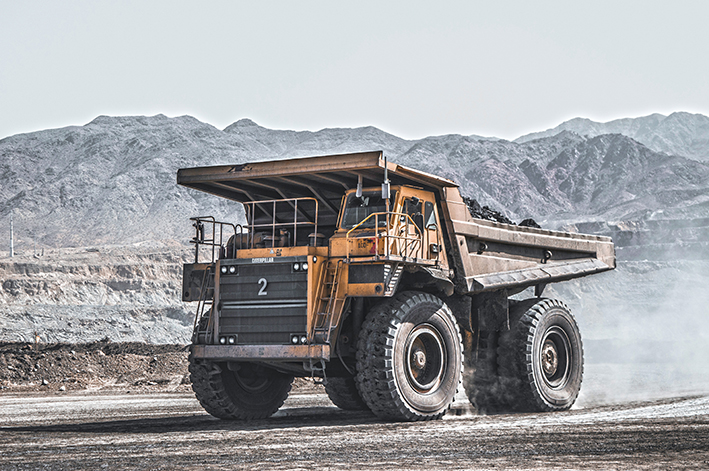As geopolitical and macroeconomic conditions remain challenging, inflation-induced interest rate hikes around the globe have increased the sensitivity of stock prices to borrowing costs, increasing the cost of capital. And, as soon as companies realized the likely economic repercussions of such increases, they began implementing new working capital initiatives with the clear objective to squeeze as much money out of their value chain as possible.
If you are still asking yourself why working capital is an obsession, remember that the money bound in companies’ operations and value chains can represent huge sums. Take the case of Caterpillar, the world’s largest construction equipment manufacturer and a Fortune 100 company in the US. With some $18.5bn invested in working capital at the end of 2022 and a cost of capital equivalent to roughly 8.5%, the annual cost of the money invested in its working capital totals about $1.5bn. Considering that it takes Caterpillar…



 Audio available
Audio available